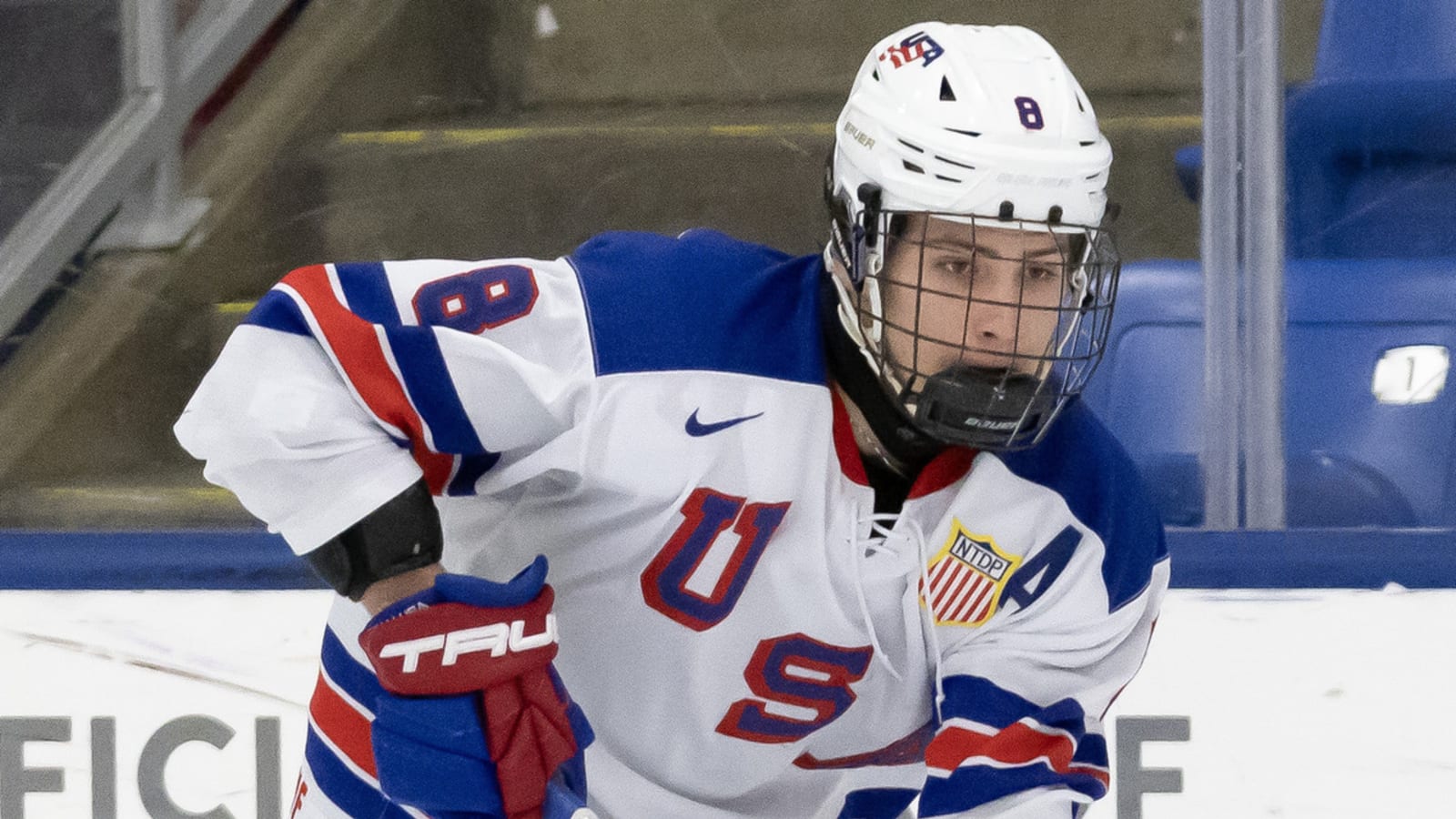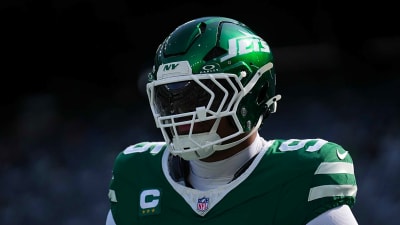
The United States has become the top country for NHL development
When Teddy Stiga slid the puck five-hole to beat Finnish goaltender Petteri Rimpinen in overtime Sunday, the United States forward gave his country something it had never before accomplished: back-to-back gold medals at the World Junior Championship.
The victory in front of a contentious Canadian crowd topped off a successful run for the United States over the past nine tournaments: four gold, one silver and two bronze medals.
This success and recent draft numbers beg the question: Has the United States surpassed Canada as the top nation for developing NHL players?
Drafting and developmental leagues
The Canadian junior system features three "tier one" junior leagues in the OHL, WHL and QMJHL, which make up the Canadian Hockey League (CHL). On the flip side, the United States features just one "tier one" junior league, the USHL, but also has NCAA college hockey.
From the surface, it may look like Canada is still the top dog, with four out of the last five NHL No. 1 overall draft picks. However, digging deeper, it's interesting to look at where these picks developed. Two of them, Alexis Lafreniere (QMJHL) and Connor Bedard (WHL), chose the Canadian junior system to develop, but the other two, Owen Power (University of Michigan) and Macklin Celebrini (USHL and Boston University), chose the American developmental systems.
This, combined with a disappointing quarterfinal loss to Czechia at the World Juniors, may have Canadians questioning their junior leagues.
Additionally, looking at the top-five picks from each of the last five drafts, 11 out of the 25 picks have been Canadian, compared to six Americans. Four of those 11 Canadians chose the NCAA: Power and Celebrini, plus Kent Johnson and Adam Fantilli, who both played collegiately at Michigan.
All six American players, including Jake Sanderson, Matty Beniers and Luke Hughes, played not just in the NCAA, but also for the USA Hockey National Team Development Program. Per its website, it "is the pinnacle of USA Hockey’s amateur player development program. The NTDP scouts and selects the top 22 players in two age groups (Under-17 and Under-18) to train and develop in a highly competitive environment."
James Hagens, the top center from the United States' World Junior team and projected first overall pick in 2025, is also an alum of the program.
Young American superstars leading the way
Looking at the top-scoring under-23 players in the NHL this season, United States players lead the way, making up four of the top 10, with the top spot occupied by New Jersey Devils star Jack Hughes, an American. Canadian players (Bedard and Dylan Guenther) make up just two of the top 10, although Celebrini, who has 28 points in 30 games, could also be included as a top young star.
Additionally, American under-23 defensemen like Sanderson and Brock Faber, who was recently named to the 4 Nations Face-Off roster, are showing why the United States' development is starting to reign supreme, as both have become top defenders for their teams.
Other young Americans are also providing elite goaltending, as Jake Oettinger (26), Jeremy Swayman (26) and Joseph Woll (26) have all emerged as top netminders in the NHL.
As Lynyrd Skynyrd's "Free Bird" rang out in the arena following Stiga's golden goal, the United States topped off yet another successful run on junior hockey's biggest stage.
TEDDY STIGA SCORES THE GOLDEN GOAL
— TSN (@TSN_Sports) January 6, 2025
TEAM USA WINS BACK TO BACK GOLD MEDALS!#WorldJuniors pic.twitter.com/dkUcdLjRGB
With World Junior domination, draftees developed in the American system and some of the top young players in the league, the United States is showing why it is now the best country for developing NHLers.
More must-reads:
- Watch: Team USA scores golden goal to defeat Finland for World Juniors gold
- The best possible fictional hockey team
- The 'Leaders in playoff goals for each NFL franchise' quiz
Breaking News
Trending News
Customize Your Newsletter
 +
+
Get the latest news and rumors, customized to your favorite sports and teams. Emailed daily. Always free!








